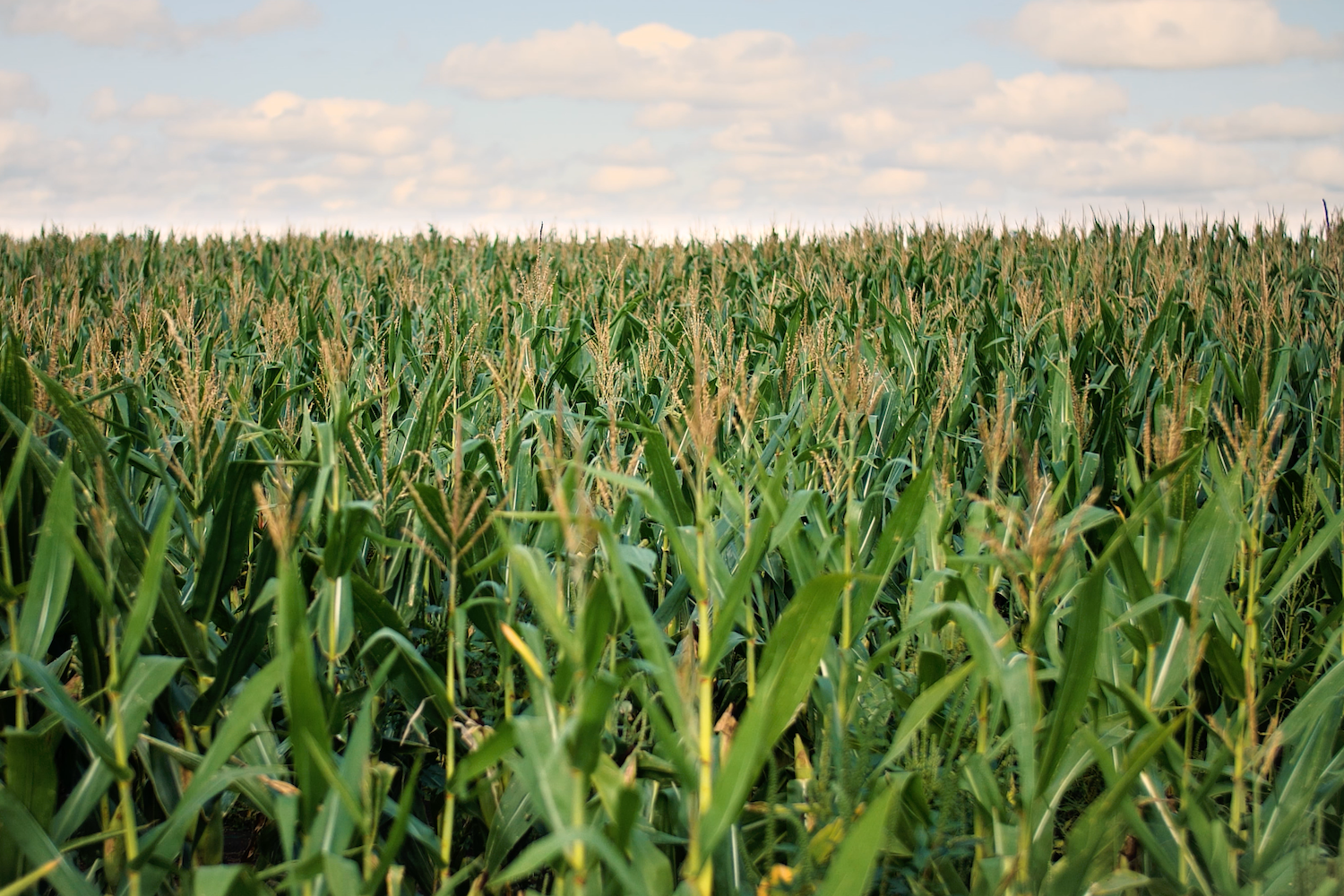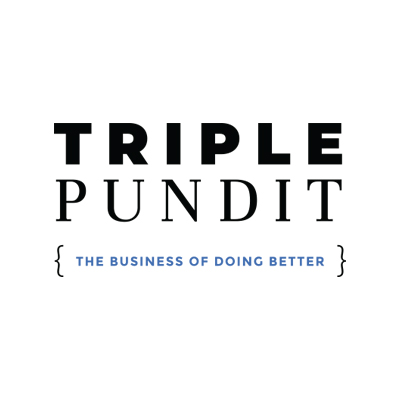
Gathering Scope 3 emissions data from suppliers isn’t easy for food and beverage companies, but new remote sensing and analytics technology can help.
Bunge, one of the oldest and biggest grain agribusinesses in the world, is using these systems in collaboration with the agriculture technology innovator Indigo Ag — resulting in a more efficient, streamlined process that takes a full ecosystem approach to assembling key supplier data from a variety of sources.
The new Scope 3 opportunity for food and beverage companies
The partnership with Indigo Ag grew out of Bunge’s realization that grain processors can drive the pace of food systems decarbonization by leveraging their pivotal role in the supply chain.
“We were getting inquiries from customers that wanted us to bring solutions to the table,” said Gregg Christensen, Bunge’s head of corn milling. “We were getting many different requests, but they all wanted the same outcome. It was time to streamline a program, led by us, to avoid duplication.”
Chris Malone, Indigo Ag’s VP of market opportunities, emphasizes the importance of agribusinesses like Bunge in a full ecosystem approach to decarbonizing the agricultural supply chain.
“The origin of this project with Bunge North American Milling Group was in looking back at the way food supply chains have been decarbonized in past years,” Malone said. “Over the past few years, a large CPG would orchestrate a program, bring it all the way down to farmers, and then potentially connect grain processors in the middle. That can be complicated, and it’s not realistic or efficient for every food company to be able to have that capability. Partnering directly with grain processors opens up a new way to decarbonize the food supply chain.”
The need for food and beverage companies to move the needle on Scope 3 emissions from their supply chains is clear, especially regarding emissions from agriculture. The rise of industrial-scale agriculture has enabled global food production to keep pace in an era of rapid population growth. However, as a result agriculture is now the second-largest source of greenhouse gases in the world. It accounts for up to 28 percent of all global emissions, according to the World Bank.
One key area of progress is demonstrated by the adoption of sustainable and regenerative agriculture practices that help sequester carbon and reduce the reliance on emissions-producing fertilizer. “Scientists have estimated that soils — mostly, agricultural ones — could sequester over a billion additional tons of carbon each year,” notes the MIT Climate Portal.
Encouraging and enabling farmers to grow more resilient crops that produce less greenhouse gas emissions is another key factor in managing scope 3 emissions from a company’s value chain. Solutions in the emissions-differentiated crop area include reducing emissions from fertilizer as well as crop rotation diversity.
Streamlining the Scope 3 pathway from field to food and beverage companies
Connecting climate-smart farms with food and beverage companies more efficiently is the next step, and that’s where Bunge’s partnership with Indigo Ag comes in. Now operating in 14 countries, Indigo Ag launched in 2013 with a science-based platform to support and quantify the impact of regenerative practices.
Rather than incorporating suppliers as an afterthought in carbon accounting, Indigo Ag treats them as the focal point for progress.
“The solution was to look at suppliers like Bunge as the fulcrum of a full ecosystem approach,” Malone said. “Food and beverage companies are not buying crops from the field. They are buying processed ingredients. Suppliers like Bunge are the ideal point where a program can be created to measure the carbon score of those ingredients.”
Scope 3 benefits and a holistic supply chain
Bunge’s close connection to the grower experience was an important factor in the company’s decision to engage in a technology partnership with Indigo Ag.
“Across our business, we’ve adopted a carbon-focused decision-making process,” Christensen said. “We are striving to bring a climate-focused lens to everything we do, and a big part of that is contributing to innovative solutions.”
In particular to the partnership, “what was intriguing was the ease of data collection and the speed to implementation,” he explained. “Data collection can be a very heavy lift for the growers. There are many different programs out there, so finding one that centers on the grower experience is critical. Indigo Ag provides rigor in terms of methodology and in terms of outcomes.”
Empowering the food systems middle-person for rapid decarbonization
The full ecosystem model enables suppliers to provide carbon benefits to food and beverage companies while building their relationships with growers into a more connected, holistic endeavor, Christensen said.
“We are strategically positioned for companies to reduce their carbon in the supply chain,” he said. “Because trust is so important with the growers and Bunge has that, it allows us to play a critical role and bring them on board, get the data and quantify the outcomes.”
Food and beverage companies also benefit from the flexibility built into Bunge’s program. The growers continue to rely on their own experience and expert networks for guidance, while the Indigo Ag platform presents them with new revenue opportunities.
“We view ourselves as a marketing arm of the grower. We engage with them and help them find incentives to sustain them on their farms for generations to come,” Christensen said. “We don’t tell them what to do. We partner and we do it together.”
Next steps for food and beverage companies
Growers have been highly receptive to participating in the Indigo Ag platform, and that has been mirrored by interest on the food and beverage side,” Christensen said.
“Engagement has been pretty robust,” he told us. In addition to the technology partnership with Bunge, Indigo Ag also develops programs directly with the top tier of retailers and food and beverage companies. “A lot of food and beverage companies have already made substantial reductions. As you start to do these programs, you really see that we can get there easier than we think. In almost every conversation I have with food and feed customers, nearly everyone wants to show progress in this space — not necessarily for publicity, but because the need for impact is real.”
Image courtesy of Indigo Ag
This article series is sponsored by Indigo Ag and produced by the TriplePundit editorial team.

TriplePundit editors offer news and insights on sustainable business.














